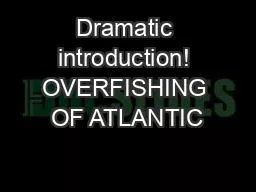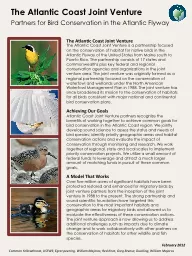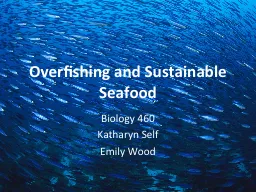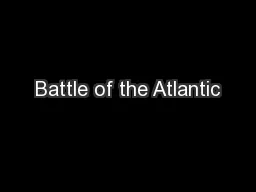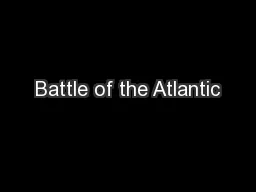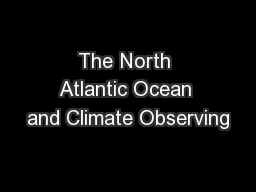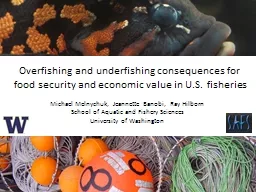PPT-Dramatic introduction! OVERFISHING OF ATLANTIC
Author : radions | Published Date : 2020-08-05
BLUEFIN TUNA Thunnus thynnus Implications and Conservation Strategies Nick Gezon Linda Isakson Laura Pratt and Alex Lee 166 of animal protein consumed 80 billion
Presentation Embed Code
Download Presentation
Download Presentation The PPT/PDF document "Dramatic introduction! OVERFISHING OF AT..." is the property of its rightful owner. Permission is granted to download and print the materials on this website for personal, non-commercial use only, and to display it on your personal computer provided you do not modify the materials and that you retain all copyright notices contained in the materials. By downloading content from our website, you accept the terms of this agreement.
Dramatic introduction! OVERFISHING OF ATLANTIC: Transcript
Download Rules Of Document
"Dramatic introduction! OVERFISHING OF ATLANTIC"The content belongs to its owner. You may download and print it for personal use, without modification, and keep all copyright notices. By downloading, you agree to these terms.
Related Documents

